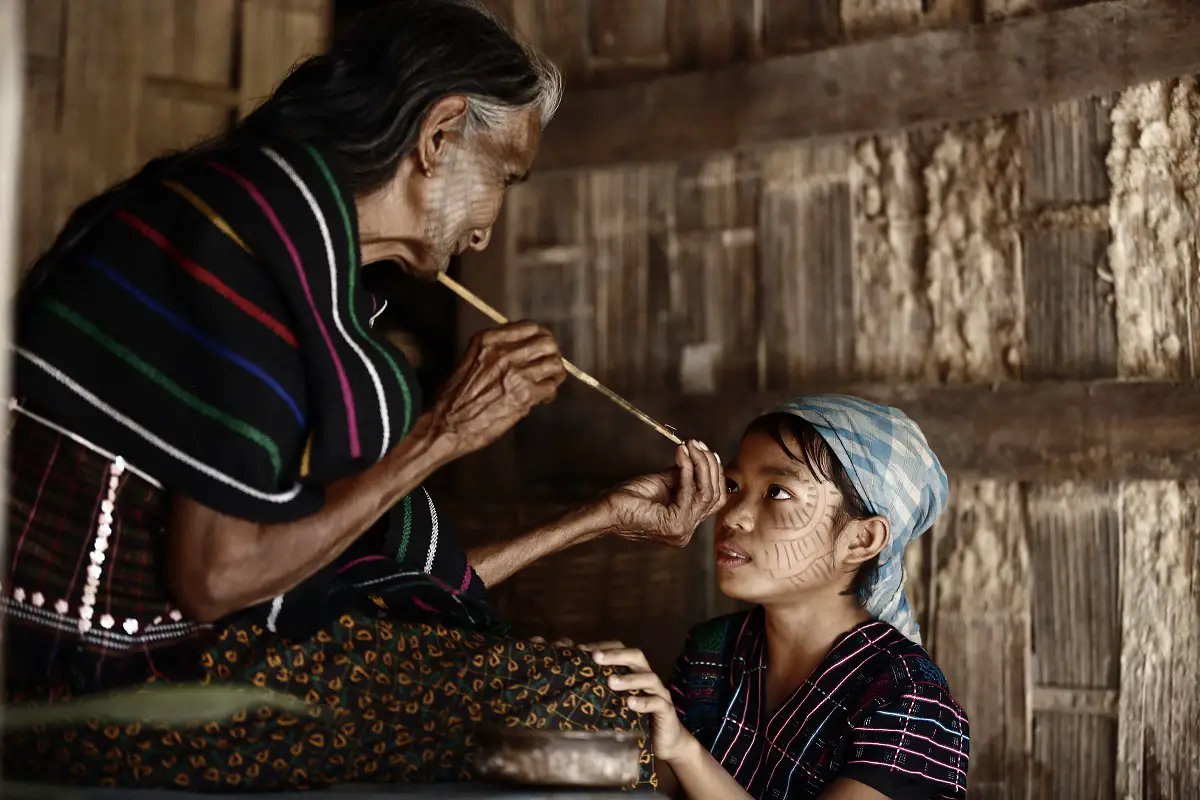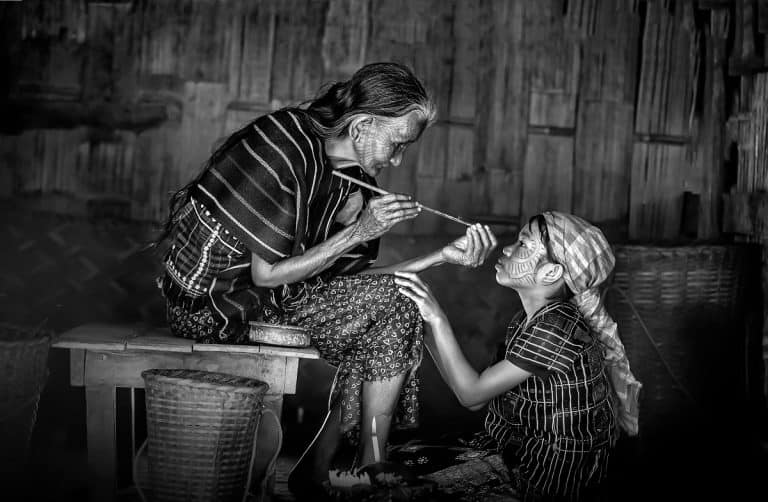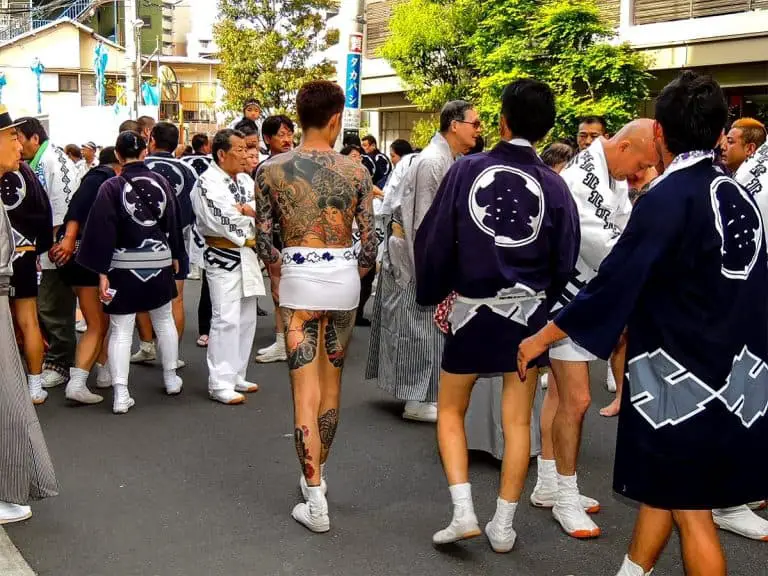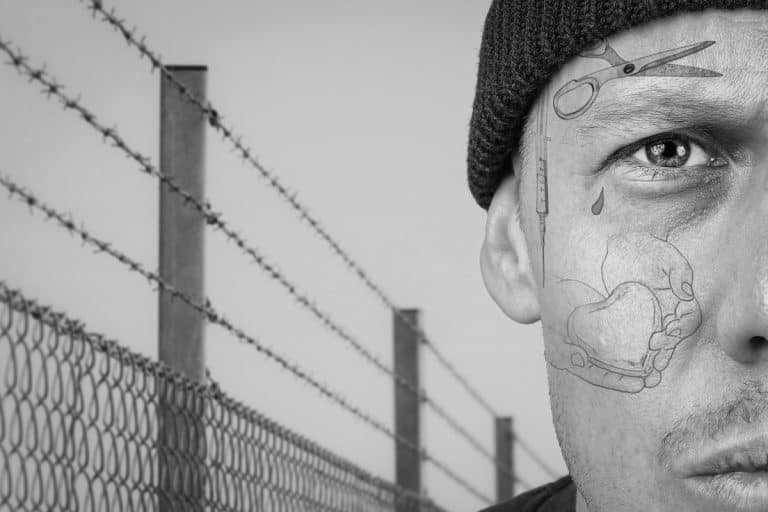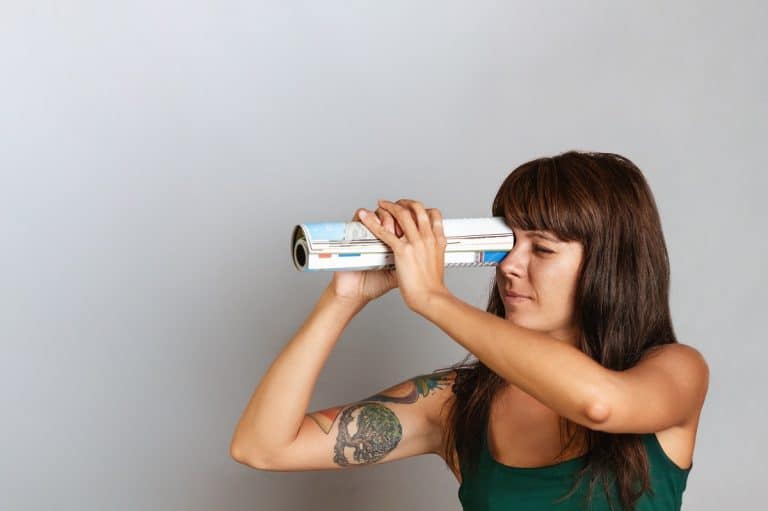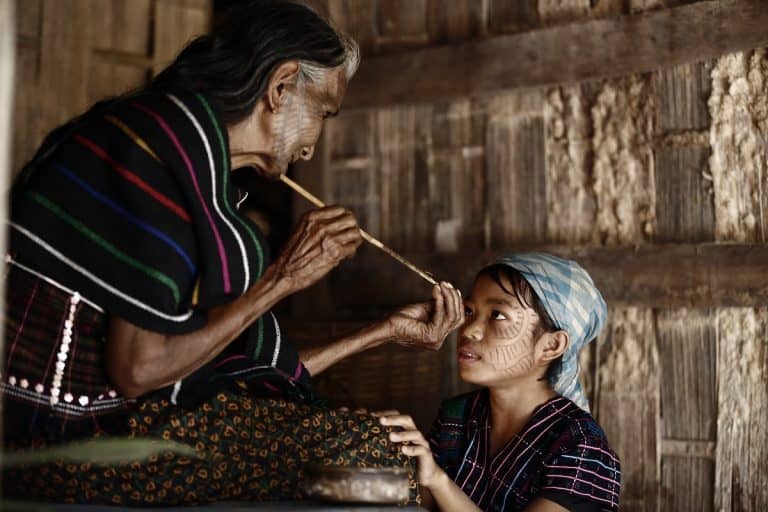History of Tattoos in American, Japan, Africa, India, Euro (A Brief Insight && Interesting Info For Your ‘Fun Facts’ Collection)
From the prehistoric era, tattooing has been around for different kinds of reasons, applications, and purposes. It is claimed that tattooing has existed since 12,000 BC as something practiced around the world. The word ‘tattoo’ is even traced etymologically to the Tahitian words ‘tatu’, or ‘tatau’, which mean ‘to mark’, or ‘ to strike’.
Now, as a practice that is thousands of years old, there is surely a lot to unwrap when it comes to the history of tattooing. Nowadays, we’re looking at the highest number of tattoos in the world, per person. But, we know so little about tattoos and the way they came to be what we know as traditional tattoos.
That is why we’ve decided to present our readers with a brief insight into the history of tattooing. So, without further ado, let’s get right into it!
Incredibly Interesting Tattoo History
The most common definition of a tattoo is a mark made by inserting pigment into the skin, both on human or animal skin. Tattoos are also described as a form of body modification or as a form of identification (you’ll see why a bit later). As such, tattooing has been a ubiquitous practice throughout human history.
Estimated to be a practice thousands of years old, tattooing is known to have been practiced by people in Polynesia, Europe, East Asia, Africa, South America, etc. Almost every culture in the world has encountered tattooing in some shape or form. Therefore, in the following paragraphs, we’ll answer the top 5 most burning and most common tattoo history questions!
History of Tattoos: Origin and Meaning of Tattoos
1. What Is The Oldest Tattoo Ever Found?
The oldest tattoo ever discovered on human skin is the one on the body of Otzi the Iceman. It is believed for the date of the tattoo is between 3370 and 3100BC. This proves that tattoos can be traced to at least the Neolithic times, which the mummified Otzi proves.
Moreover, some of the oldest tattoos ever found are believed to be the tattoos of the mummies found in the Egyptian pyramids. Those are believed to have occurred during the ear of the ancient Egyptian civilization. Archeologists believe that tattoos as a practice have spread from ancient Egypt to Greece, Persia, Arabia, and China around 2000BC.
Tattooed mummies have been recovered from at least 49 archeological sites across different countries and continents (including Greenland, Siberia, Alaska, Mongolia, Sudan, China, the Philippines, the Andes, etc.). The mummies include the Amunet mummies, which is believed to have been the Priestess of the Goddess Hathor from ancient Egypt, as well as the Siberian mummies from the Pazyryk culture from the Iron Age.
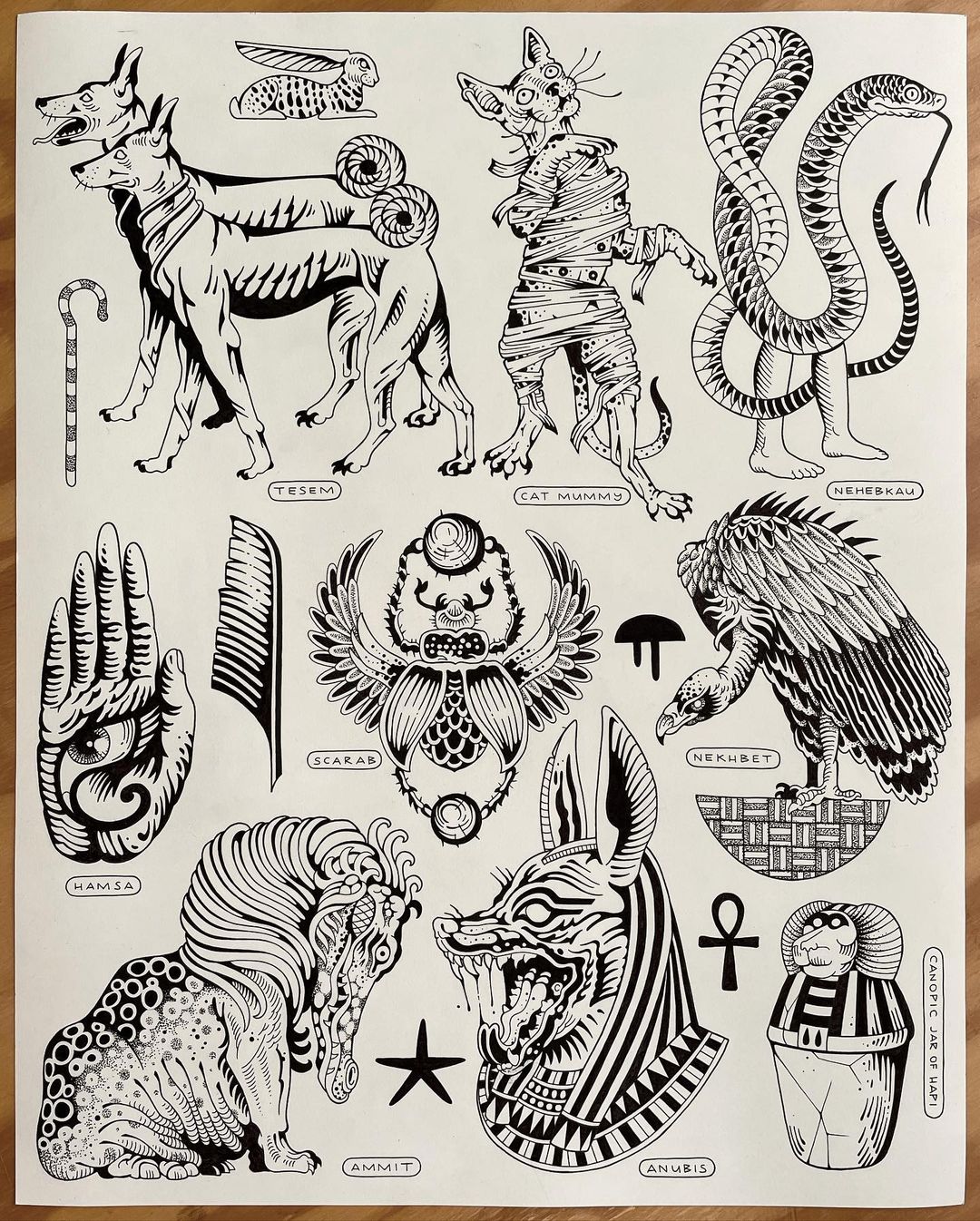
2. What Was The Initial Purpose of Tattoos?
The initial purpose of tattooing, or body marking, cannot be boiled down to just one. The purpose varied from culture to culture, from tribe to tribe, from country to country. However, some of the common reasons people got tattooed thousands of years ago include;
Marking for status and rank, spiritual symbolism and devotion to a religion/belief system, decoration or showcasing bravery, royalty or even fertility, tribal marking and ranking, marking of soldiers, marking of criminals, and of course, punishment and slavery symbolism.
Also, tattoo purpose wasn’t the same for women and men. Generally, women got tattooed for decorative purposes, as sexual lures, or to showcase their marital status. In some cultures, women got tattooed to showcase their skills, which would provide them with the status of being ready for marriage. This was a practice in the Borneo culture, for example.
In Japan, as well, girls coming of age would get tattooed to show their place in society, and so were the married women. Women in other cultures, like Kayan women, would get tattoos that showed the tribe they belonged to.
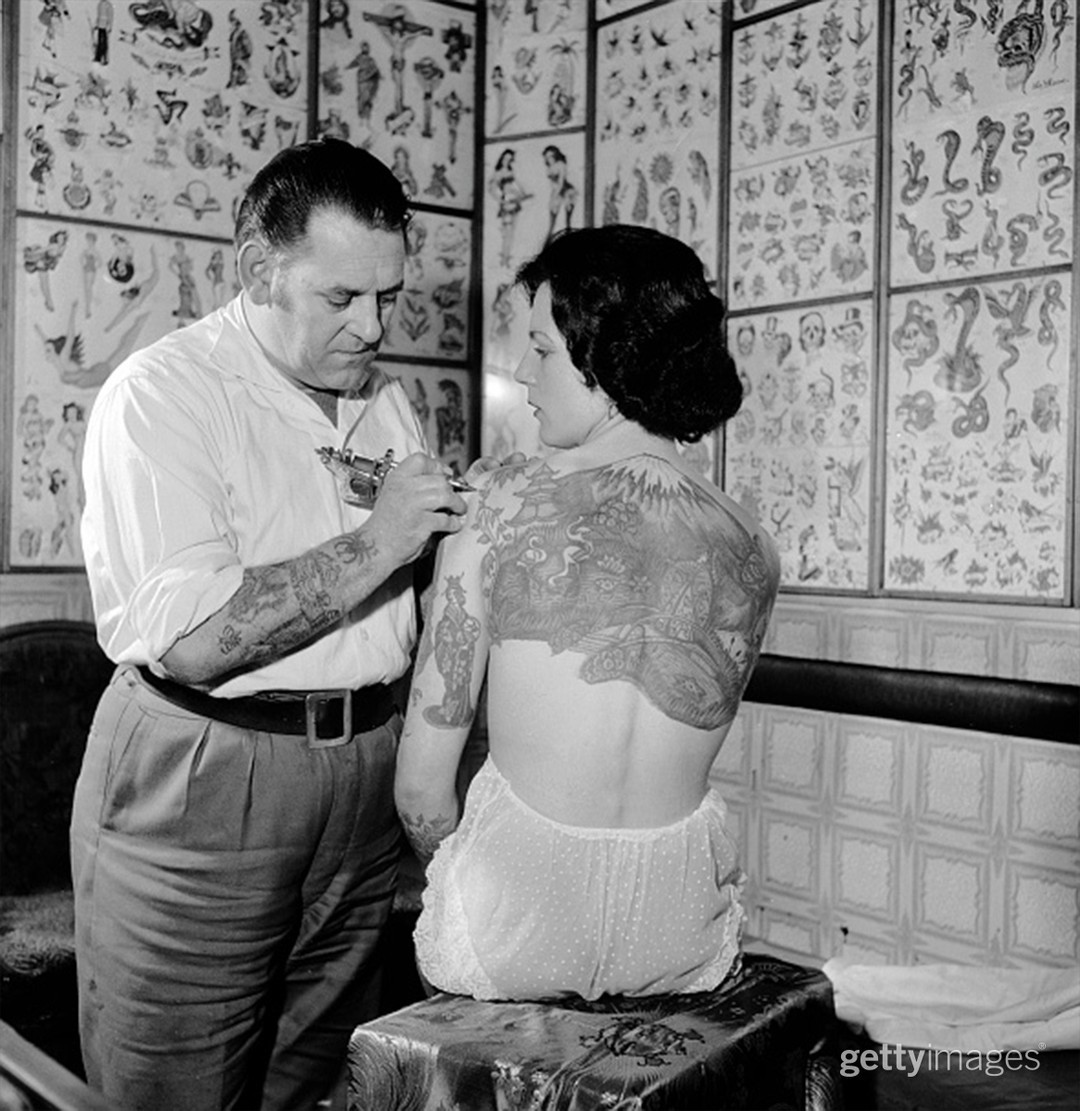
3. How Modern Tattoos Came To Be?
It is believed that the journey of modern-day tattoos started in the 1690s when William Dampher (sailor and explorer who traveled to the South Seas) re-introduced the art of tattooing to the London audience. Upon his return from Polynesia, Dampher brought back a heavily tattooed Polynesian man named Prince Giolo.
Often referred to as the Painted Prince, Giolo was ‘exhibited’ to the Londoners, who would pay to see him and observe what was known as ‘scandalous tattoos’. It would take 100 more years for the Londoners, and the West, to embrace tattooing.
To be exact, in the 1700s, Captain Cook returned from his trip to the South Pacific with a man named, Omai, who was also heavily tattooed. This time around, the man was a sensation, and the upper class followed the new trend of tattooing.
However, the exact time modern tattoos came to be the way we know them today was when Samuel O’Riley patented the first electric tattooing machine in 1891. The patent was in fact based on Thomas Edison’s electric pen that was meant to puncture paper with a needlepoint. However, actual modern tattoos are made using tattoo machines with electromagnetic coils. The first coil tattoo machine was patented by Tom Riley in 1891.
Unfortunately, the modernization of tattoos didn’t much change the public perception of tattooed people. In the 1930s, tattooed people were seen as outcasts, and heavily tattooed people were even hired by traveling circuses. The overall cultural perception of tattoos was still that of underground, criminal association.
Things have taken a turn after World War II and the emergence of the so-called biker-type tattoos, popularized by movie star slike Marlon Brando. Between the 1950s and 1960s, thanks to the hepatitis outbreak, which was associated with tattoos, having tattoos meant that you’re either infected or a criminal.
Things changed again in the late 1960s, early 1970s when an increasing number of people started getting tattoos. In the late 1990s and early 2000s, tattoos experienced an increase in popularity, especially in Europe, North America, and Japan. From there, the current tattoo culture stems, where tattoos are heavily associated with pop culture and are seen as a completely common thing.
4. What Are The Negative Associations Regarding Tattoos Through History, and Why do They Exist?
Despite tattoos being around for literally thousands of years, they’re still taboo topics in certain cultures and aspects of modern-day life. For example, tattooed people have a harder time getting a job; even if they’re more than qualified for a position, they’re less likely to get a job just because of their visible tattoos.
It is believed that visible tattoos make a person appear less professional, more associated with illegal things, and an underground style of life (which in the majority of cases couldn’t be farther from the truth). Society still feeds into the negative associations when it comes to tattoos. But, why is that so?
Historically, tattoos have always been associated with criminals, the underground lifestyle, mafia, prisoners, gangs, and other criminality associations. That is because historically, hundreds, even thousands of years ago, tattoos were used to mark criminals, slaves, those of lower status, those of ‘oriental, or exotic’ origin, etc. Despite none of those things being used or accurate nowadays, it is hard to fully eradicate the negative perception of tattoos, especially among the older population.
5. How Did People Get Tattooed Through History?
Throughout history, different cultures have used different methods to get tattoos and body marks. The oldest instrument people have used to get tattooed was a wooden handle with a sharp point, believed to have been used around 3000 BC (discovered by archeologist W.M.F. Petrie). Other instruments, like bronze, flattened needles were also found at Abydos archeological sites, believed to have been used for tattooing and body marking. These are dates to 1450 BC.
African tribes would cut the designs directly into the skin and rub the wound with ashes and other agents, to act as ink. Even nowadays, some tribal cultures continue using the same practice for body marking.
It is believed that the majority of the ancient tattoos were done by hand-tapping ink into the skin using sharp objects, like wooden handles or animal bones. These tattoos are known as ‘hand-poked’ tattoos, which are done even nowadays using modernized needles and tools.
When it comes to ink, it is believed that ancient people used ‘ink’ made by burning wood or oil and mixing it with water. Some cultures used soot mixed with breastmilk to create tattoos. Others would use plants and leaves to create dye or pigment. For example, the Celtics and Pict warriors would dry and boil the plant known as Woad, to make it into a thick paste that could be tapped into the skin using a sharp object.
The ancient Japanese tattoo artists used special ink known as Sumi, from Nara city. It was made from hand-selected pine branches and bone glue. The branches were burned with sesame oil, then the soot was hand-collected and kneaded with bone glue. This would create a dough, which was a perfect canvas for adding fragrances and dyes. Then, out of the dough, small blocks were created, which tattoo artists would mix with water to create liquid ink whenever they needed it.
Final Thoughts
And this was our brief insight into the history of tattoos, as we know and love today. It is good to know about tattooing as a historical practice and an incredible form of body decoration. We hope you liked our brief insight and we urge you to definitely continue your research and exploration of the world of tattoos. There is so much to unwrap and discover, which would hopefully make your love for tattoos even deeper. Plus, with all this info you can make yourself a star of any social gathering with your friends.
Read More:
- Offensive Tattoos: Designs You Didn’t Know The Meaning Of
- Tribal Tattoos: History Insight And 60+ Incredible Design Ideas
- Looking for Tattoo Inspiration? Avoid There Norse Tattoos (2023 Updated)
- Are Tattoos Illegal in Korea, The Answer May Surprise You
- Are Tattoos Illegal in Japan? (A Guide to Visiting Japan With Tattoos)
- Safe, non-toxic plant-based temporary tattoos made with 100% high-definition printing for a realistic look without the pain
- Easy to apply and remove - just stick for 20 seconds then take off
- Set includes 5 sheets with 17 fun, delicate designs like hearts, cats, smiles, suns, moons, and more
- Waterproof and long-lasting - stays on up to 2 weeks of wear
- Fashionable for women, men, girls and boys
- Place on arm, wrist, neck, leg, finger, waist, foot and more
- Great for parties, birthdays, and showing your unique style

